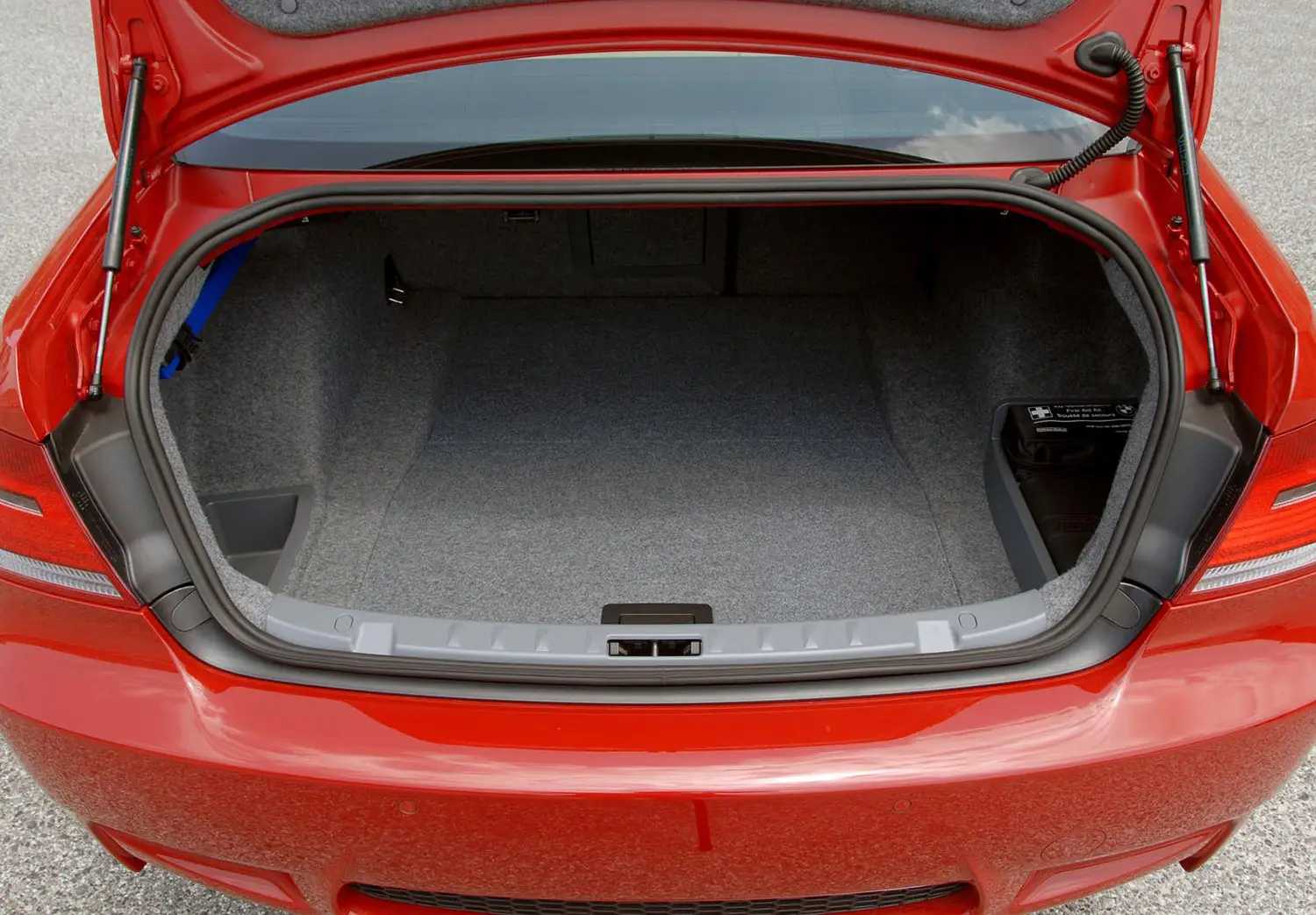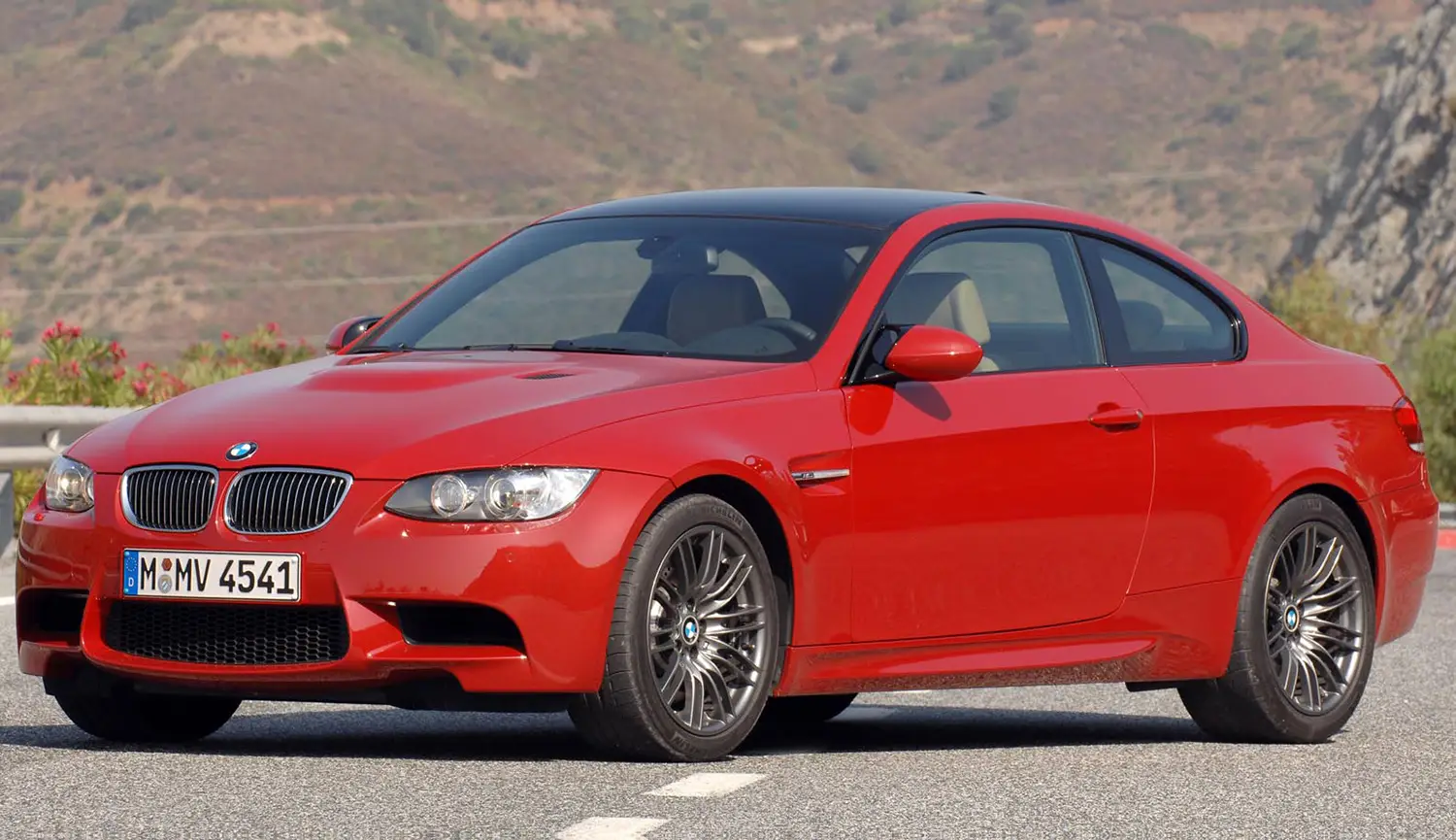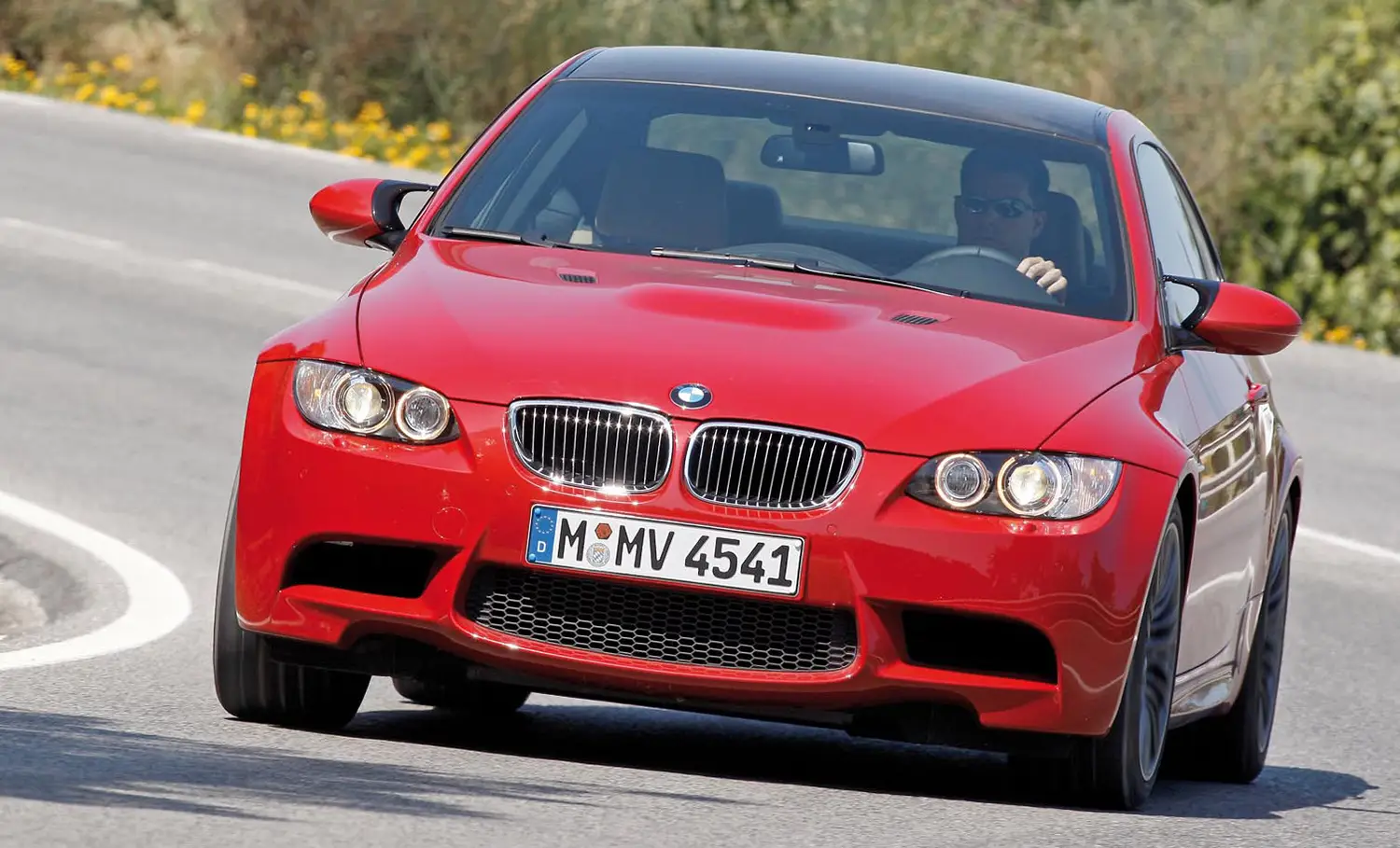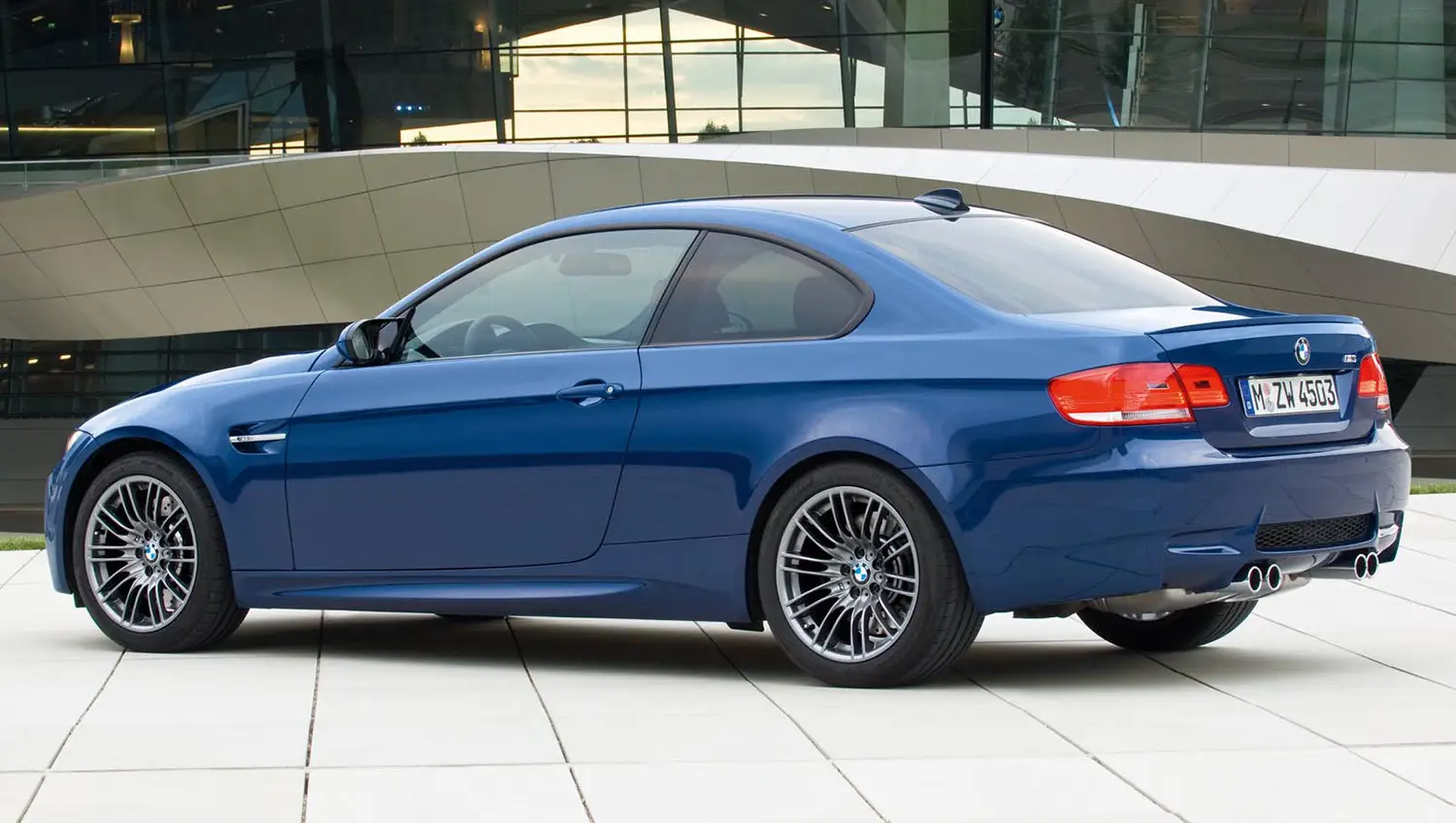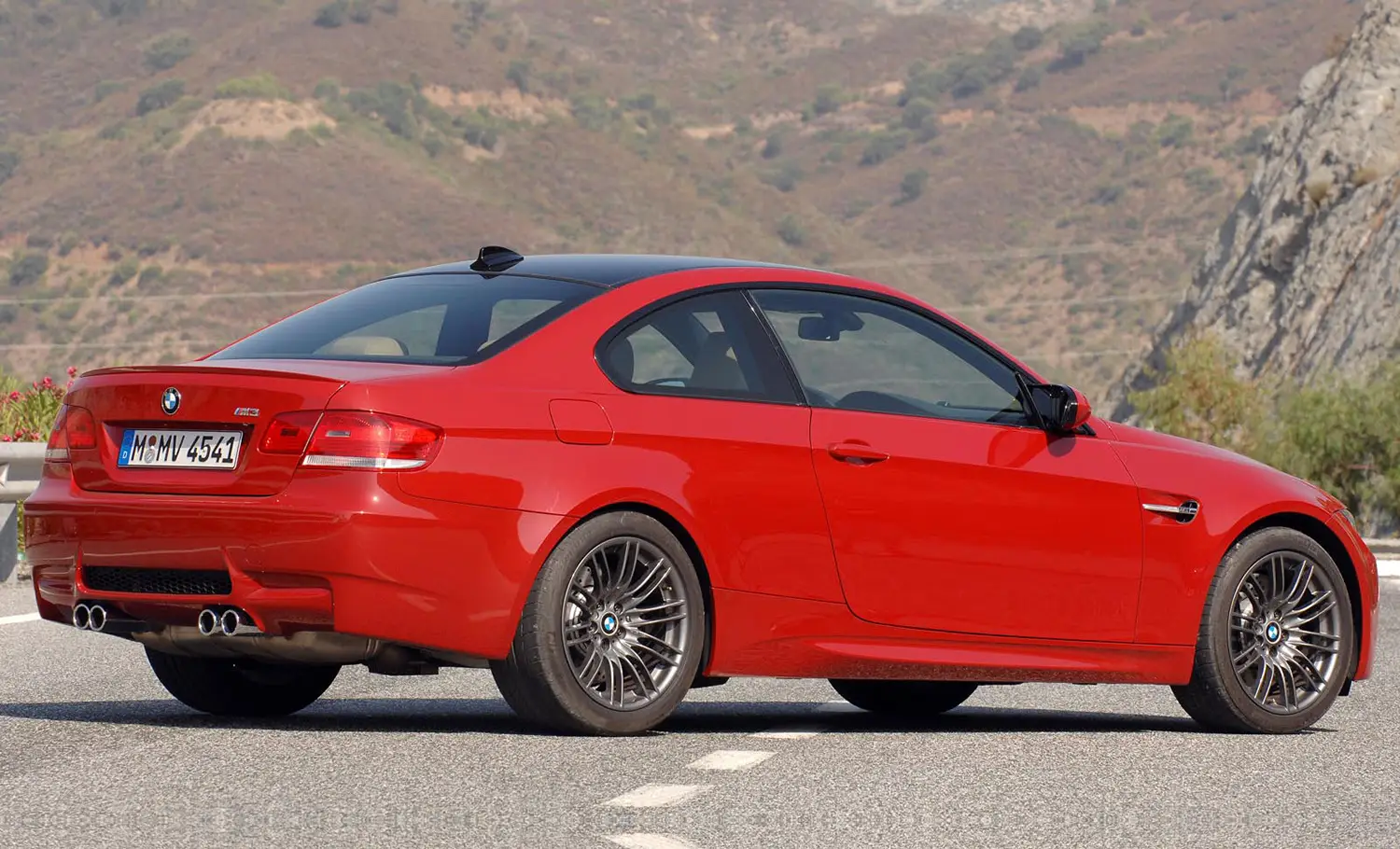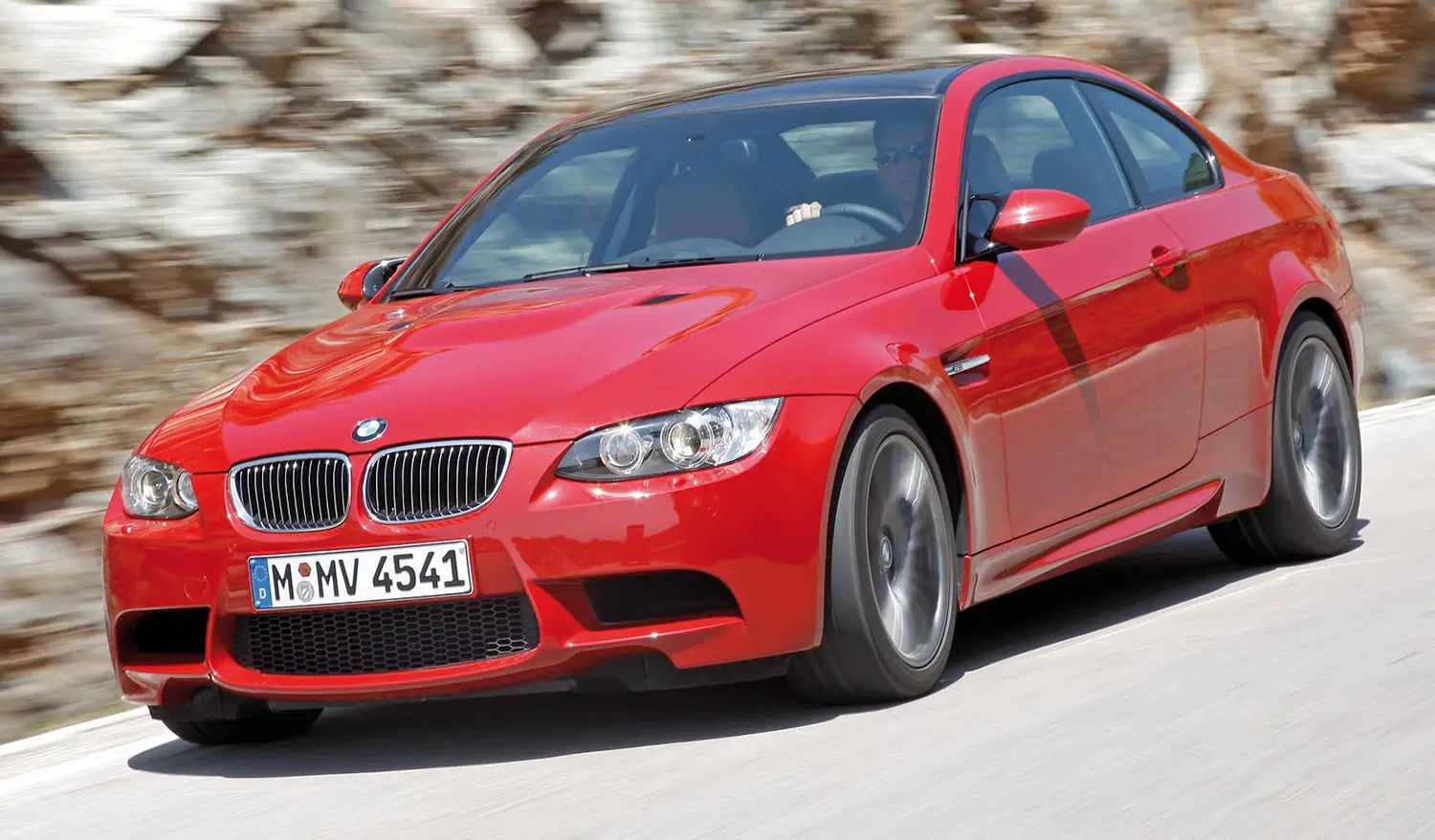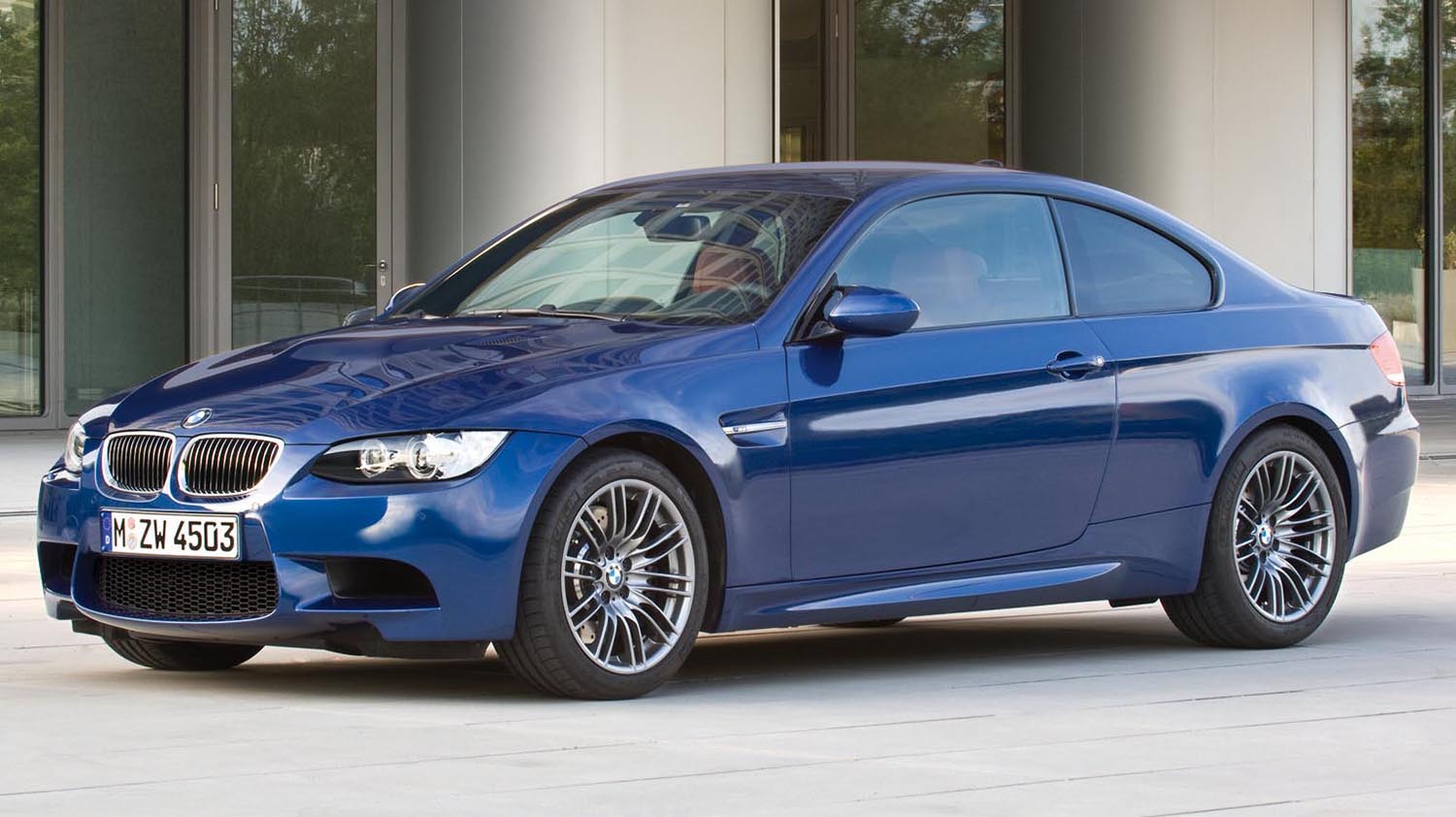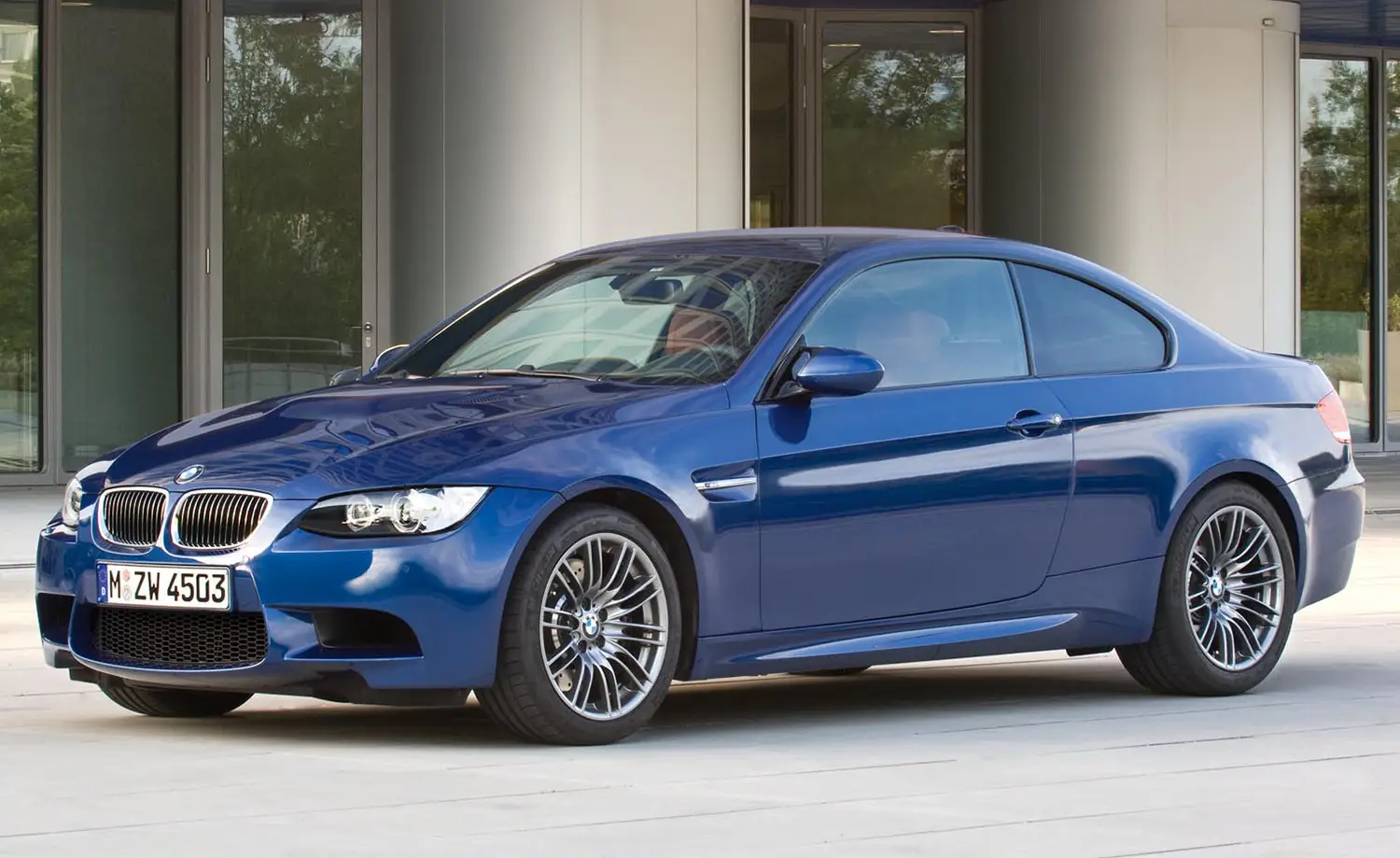
The arrival of each new generation in motorsport sparks fresh ambition. This sentiment perfectly describes the debut of the BMW M3 Coupe. The high-performance sports car from BMW M GmbH was ready to take over the pole position. It built on a legacy stretching back to the original M3 launch in 1986. This 2007 version of the M3 Coupe continued a tradition of supremacy and superior driving pleasure. The M3 Coupe’s commitment to lightweight technology and performance is clear, defining it as a true icon (M3 Coupe).
M3 Coupe History: A Clean Break with Tradition
The M3 has always been a special model living up to its motorsport heritage. The newest M3 Coupe, however, represented a major change for the line. It departed from the straight-six engine that had won “Engine-of-the-Year” multiple times. The new model was developed from the BMW 3-Series Coupé platform. Yet, it differed greatly in both aesthetics and technical features. Only a few components were carried over from the standard 3-Series Coupe. The doors, bootlid, and windows remained, but nearly all else was new.
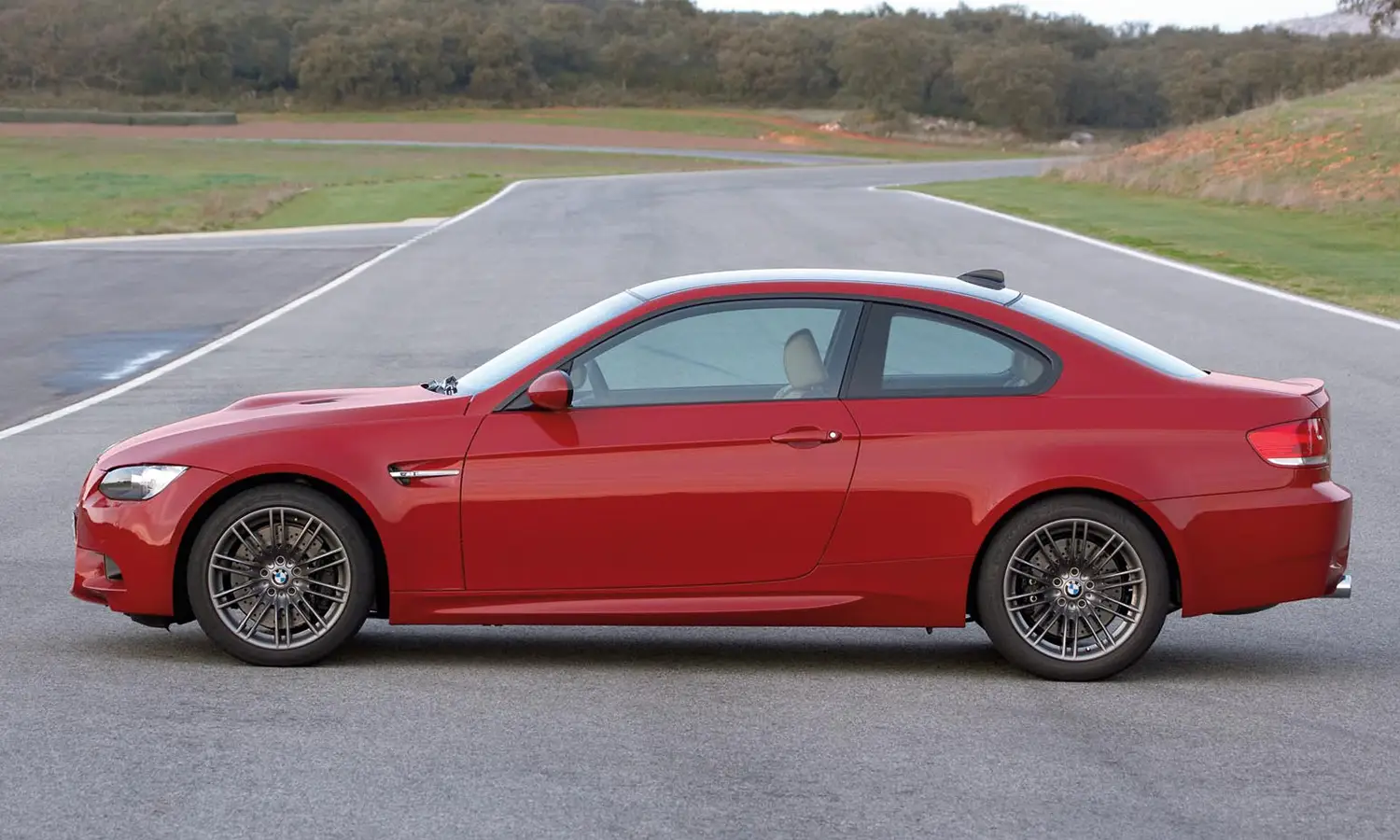
A Race-Ready V8 Engine
The biggest story was the first-ever eight-cylinder engine to power a BMW M3. This new V8 had the DNA of a current Formula 1 engine. It applied a high-speed engine concept typical of all BMW M power units. This lightweight V8 displaced 3,999 cc. It developed a maximum output of 309 kW/420 hp. The engine block was built in BMW’s light-alloy foundry. This same foundry also created blocks for the BMW Sauber F1 Team race machines. The engine utilized a variable double-VANOS camshaft control system. Furthermore, it featured a separate throttle butterfly for each cylinder for immediate response.
Performance: Speed and Dynamics
The V8 power unit delivered an enormous muscle and performance. Peak torque was 400 Newton-metres or 295 lb-ft. Maximum engine speed reached an impressive 8,400 rpm. Power was sent to the rear wheels through a six-speed manual gearbox. The M3 Coupe accelerates to 100 km/h in just 4.8 seconds. This stunning performance continues until an electronically limited top speed. The limit is set at 250 km/h or 155 mph. The intelligent Brake Energy Regeneration system enhanced efficiency. This system generated electrical power during braking and overrun.
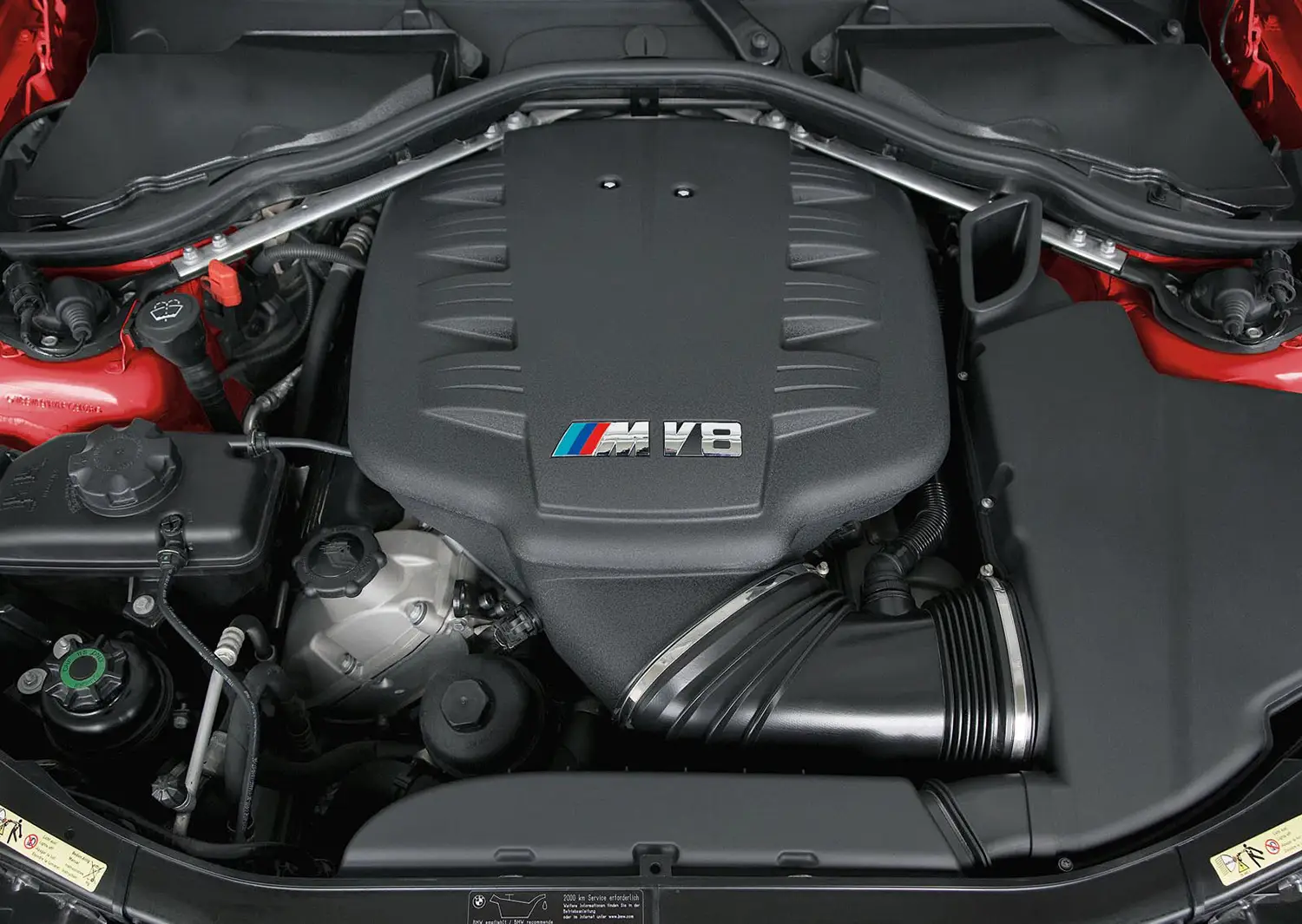
The Pursuit of Lightweight Excellence
Lightweight technology was a top priority for M3 Coupe engineers. This was key to achieving a low power-to-weight ratio of 3.8 kg (8.4 lb) per horsepower. A notable innovation was the roof made of carbon-fibre-reinforced plastic (CFP). This material is extremely light and stable, saving about 5 kg or 11 lb. The weight saving at the highest point improved driving dynamics. The carbon fiber’s woven structure was visibly maintained under a clear paint finish. Additionally, nearly all components on the new front axle are made of aluminum. The rear axle also employed lightweight five-arm construction.
A Chassis for the Racetrack
The new chassis and suspension were developed from the ground up. The goal was to cope with the significant increase in drive power. The car features a Variable M Differential Lock for optimum traction. This system provides up to 100 percent locking action when necessary. For the enthusiast, the MDrive button allows individual configuration of driving parameters. This enables the driver to adjust the car’s behavior to personal preferences. The MDrive option also allows pre-selection of Servotronic power steering response. The results were clear on the Nordschleife of Nürburgring. The M3 Coupe significantly outperformed the lap times of all previous generations.
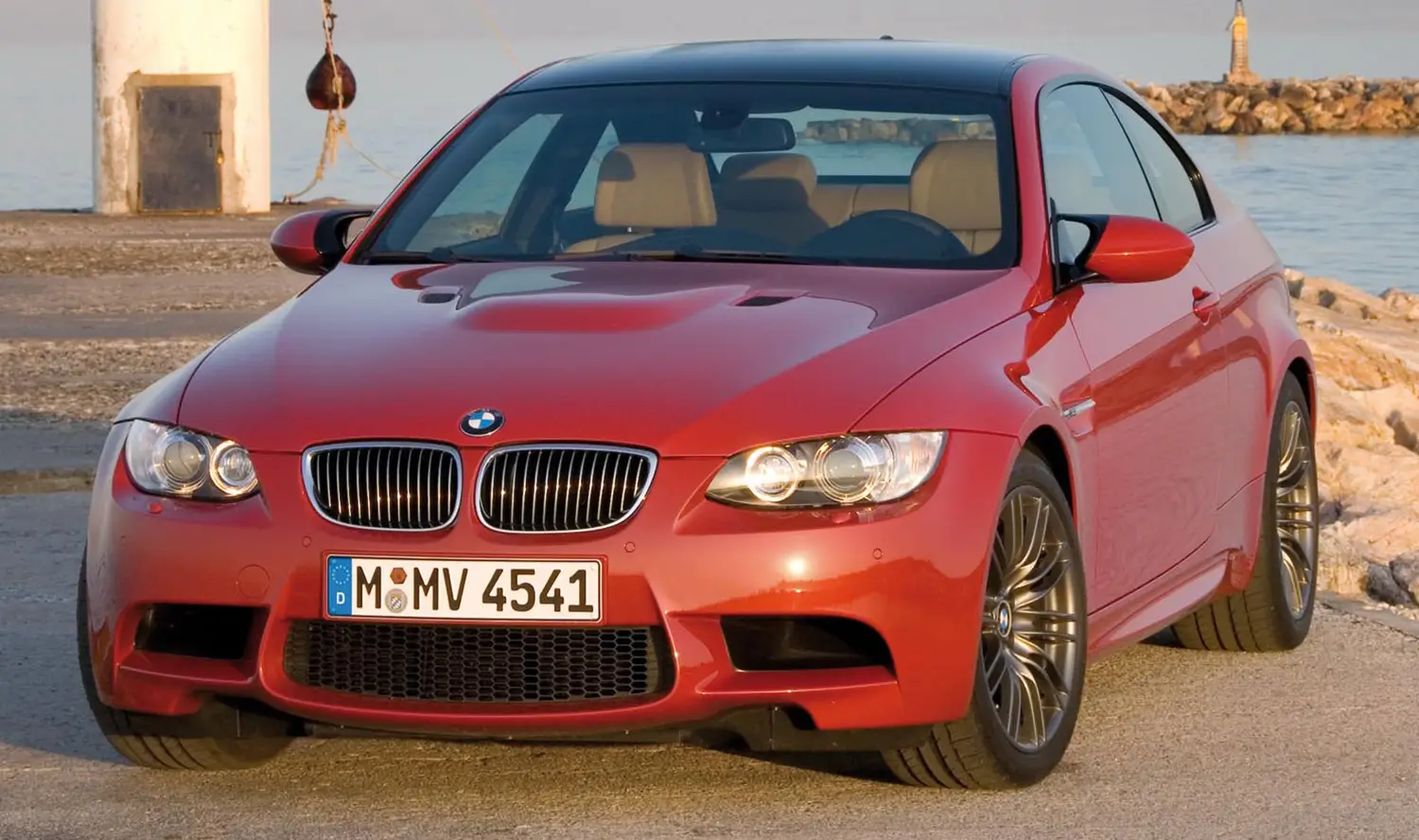
Design as a Signature of Supremacy
The exterior was designed with the principle of “form follows function”. The aesthetic design once again spelled out supremacy of the highest standard. The aluminum engine compartment lid features a striking powerdome. The front end is dominated by three large air intake scoops. These scoops feed cooling and intake air to the naturally aspirated engine. The side profile features air intake “gills” on the front panels. The rear end includes a subtle spoiler lip known as the “Gurney Flap”. This enhances aerodynamics by reducing lift forces. The dual tailpipes moved to the center are a typical M Car feature.
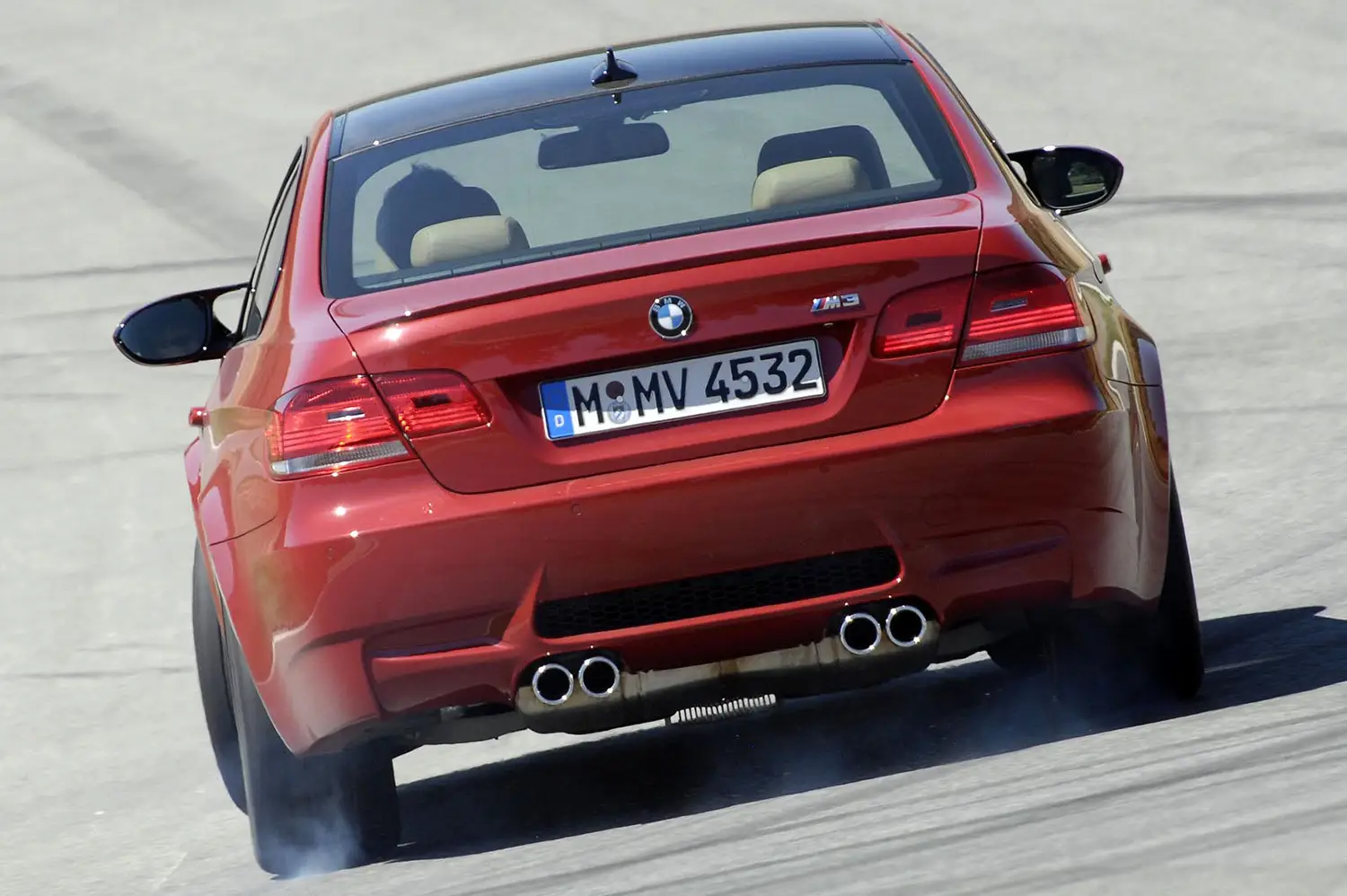
Tailored Interior Experience
Inside, the design focused on the driver’s needs. The cockpit features dual circular instruments with white illumination. The traditional M red needles indicate performance. A key M Car feature is the rev counter with a variable warning field. This field shows the available speed range based on engine oil temperature. The M leather steering wheel serves as the perfect interface. High-quality materials like Novillo leather are available. The interior atmosphere is both sporting and elegant in its design.
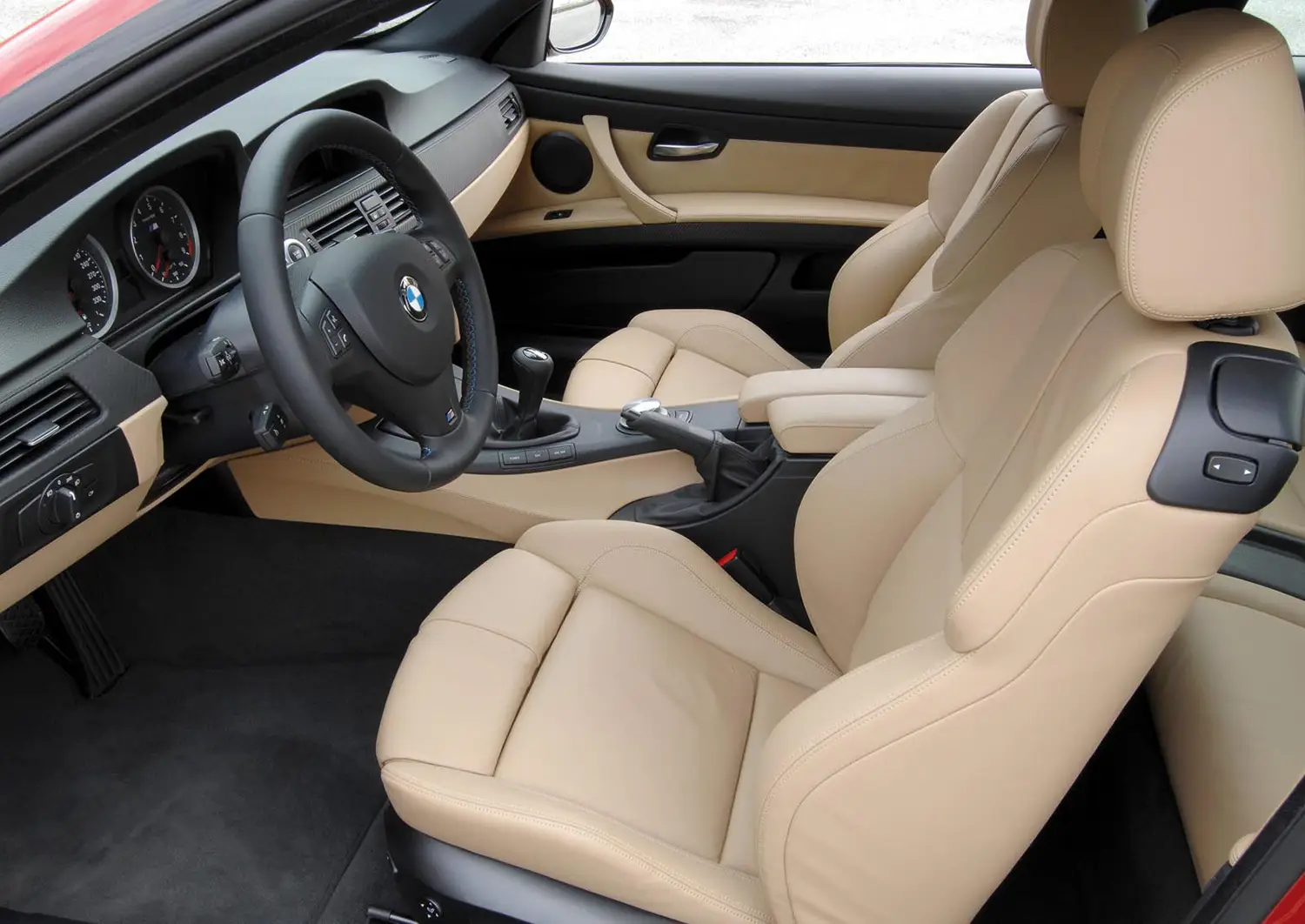
Summary of the BMW M3 Coupe
The 2008 BMW M3 Coupe was a new, high-performance sports car from BMW M GmbH. It successfully completed its test cycle, ready to set new standards. This model built on a long history, starting with the very first M3 in 1986. The key change was the new 309 kW/420 hp V8 engine, replacing the renowned straight-six. The car boasted an intelligent lightweight design, including a carbon-fiber roof, enhancing its agility. The power, performance, and dynamism delivered a truly unique sheer driving pleasure. The M3 Coupe set the foundation for continuing the exceptional career of the M3 in motorsport.
Disclaimer: Content on this site is for informational purposes only. Vehicle specs, pricing, and availability may change. Always verify details with official sources before making decisions. Opinions are those of the authors.
Source: BMW
